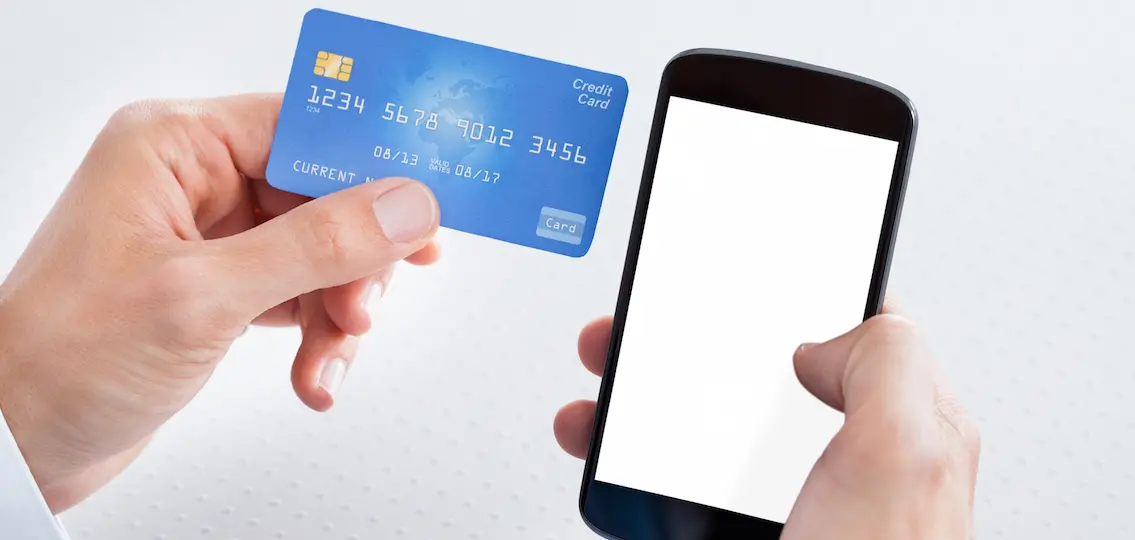The 20-something’s are doing it. The college kids are doing it. And now, the high school kids are doing it, too: giving up on cash—and checks, definitely checks—for mobile apps, like Venmo, Square Cash and Google Wallet. But what is Square Cash? What is Google Wallet and Venmo?
Think of these apps, called peer-to-peer payment apps, as virtual wallets. With a few taps on the screen, your teenager can pay money to a friend, get money from a friend (or you), and even shop at participating retailers.
Here’s how they work. Say your teenager picks up lunch for a friend. Instead of handing your teenager cash, the friend opens Venmo on her phone, enters your teenager’s email address and amount owed. Seconds later, the money appears in your teenager’s Venmo account. Square Cash and Google Wallet work almost identically.
Your teenager can then keep the money in her Venmo account or “cash out” to a synced bank account.
Convenient, Yes. But . . .
Yes, these apps are convenient and free when used with a bank account (see sidebar below). But when it comes to teens and mobile payments, parents still need to teach the fundamentals of financial literacy, explains Brandon Hayes, a vice president with Atlanta-based oXYGen Financial, a financial planning firm.
“Some things don’t change. If you don’t have a dollar, you can’t spend a dollar.”
What’s more, these mobile payment apps can make it easy to spend money your teenager may not have—or can’t afford to spend.
“You just need to press a button, so it can feel like play money,” he notes. “You can get into these situations where, say, you only have $200 to pay for groceries this month, and you just sent a friend $50 for a ballgame ticket.”
Some of these apps (including Venmo and Google Wallet) also allow users to make payments, for a fee, with a synced credit card, which can lead to a nasty surprise when the bill arrives.
Indeed, at the end of the day, when it comes to teens and mobile payments, it doesn’t matter all that much what technology your teenagers use. What matters is how well your teenagers manage money. Period.
“You have to pay for this. This is coming out of your bank account,” Hayes says. “That starts even before they are able to download an app like Venmo.”
3 Popular Peer-to-Peer Payment Apps
- Venmo
Fees: Receiving money is always free. Sending money is free with a Venmo balance, a linked bank account, and most debit cards. Sending money with a linked credit card has a 3 percent per transaction fee. - Google Wallet
Fees: Receiving money is always free. Sending money is free with a Google Wallet balance or a linked bank account. Sending money to a friend or adding to your Google Wallet balance with a linked credit/debit card has a 2.9 percent per transaction fee. - Square Cash
Fees: Receiving money is always free. Sending is also always free with linked debit card.



